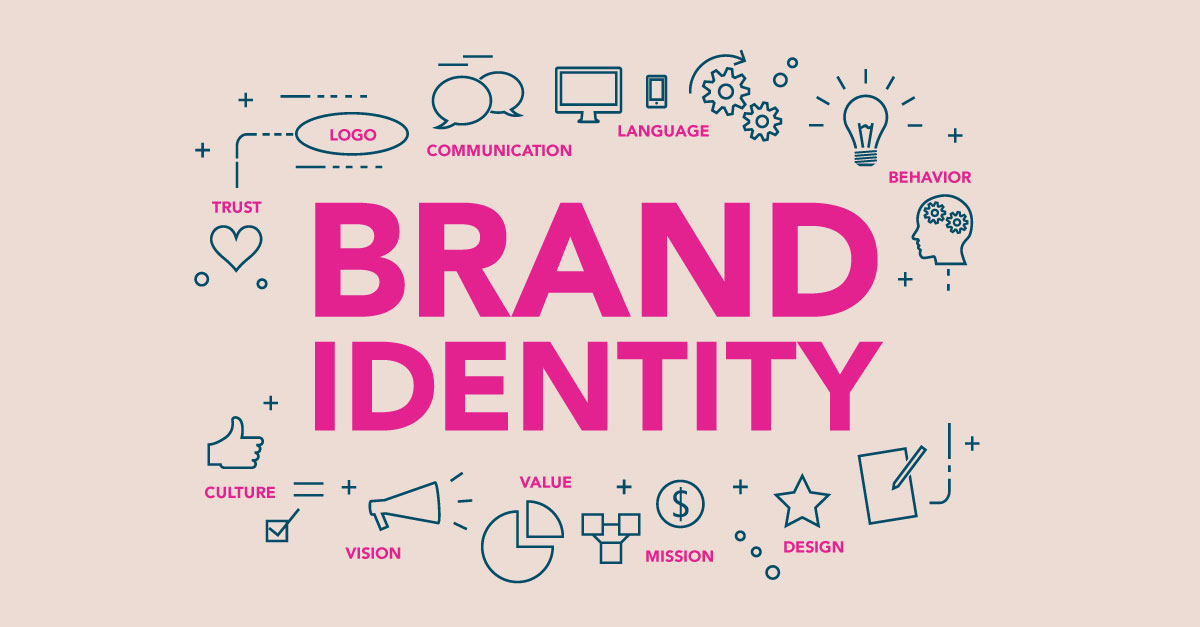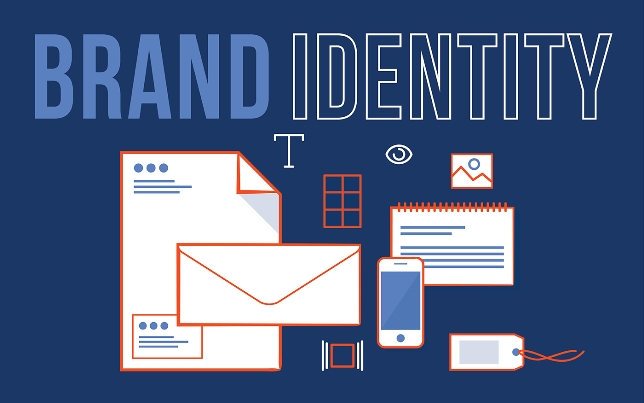-
Call Us:
0522-4006199 -
Mail Us:
[email protected] -
Service Hours
10:00 AM - 6:30 PM
Call Us:
0522-4006199Mail Us:
[email protected]Service Hours
10:00 AM - 6:30 PM
Brand identity is the visible elements of a brand, such as colour, design, and logo, that identify and distinguish the brand in consumers' minds. Brand identity is distinct from brand image. The former corresponds to the intent behind the branding and the way a company does the following—all to cultivate a certain image in consumers' minds:
Chooses its name.
Designs its logo.
Uses colours, shapes, and other visual elements in its products and promotions.
Crafts the language in its advertisements.
Trains employees to interact with customers.
Brand image is the actual result of these efforts, successful or unsuccessful.
Beyond saving the company money on promotion, a successful brand can be one of the company's most valuable assets. Brand value is intangible, making it difficult to quantify. Still, common approaches take into account the cost it would take to build a similar brand, the cost of royalties to use the brand name, and the cash flow of comparative unbranded businesses.

The steps a company should take to build a strong, cohesive, and consistent brand identity will vary, but a few points apply broadly to most
1. Analyze the company and the market. A full SWOT analysis that includes the entire firm—a look at the company's strengths, weaknesses, opportunities, and threats—is a proven way to help managers understand their situation so they can better determine their goals and the steps required to achieve them.
2. Determine key business goals. The brand identity should help fulfil these goals. For example, if an automaker is pursuing a niche luxury market, its ads should be crafted to appeal to that market. They should appear on channels and sites where potential customers are likely to see them.
3. Identify its customers. Conducting surveys, convening focus groups, and holding one-on-one interviews can help a company identify its consumer group.
4. Determine the personality and message it wants to communicate. A company needs to create a consistent perception, rather than trying to combine every conceivable positive trait: utility,
affordability, quality, nostalgia, modernity, luxury, flash, taste, and class. All elements of a brand, such as copy, imagery, cultural allusions, and colour schemes, should align and deliver a coherent message.

Building a brand identity is a multi-disciplinary strategic effort, and every element needs to support the overall message and business goals. It can include a company's name, logo, and design; its style and the tone of its copy; the look and composition of its products; and, of course, its social media presence. Apple founder Steve Jobs famously obsessed over details as small as the shade of gray on bathroom signs in Apple stores. While that level of focus may not be necessary, the anecdote shows that Apple's successful branding is the result of intense effort, not serendipity.